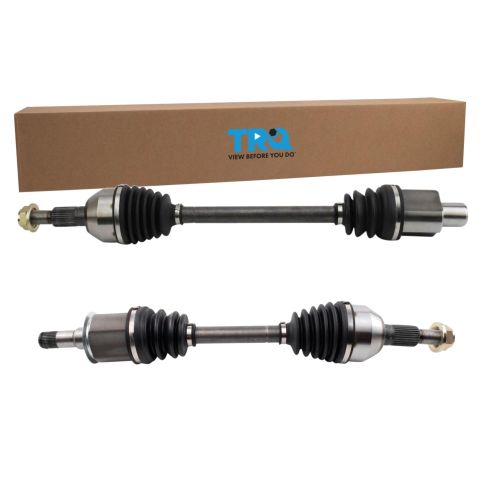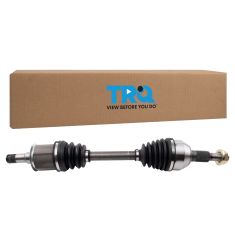1AACS00832-Cadillac CTS SRX STS Front Driver & Passenger Side 2 Piece CV Axle Assembly Set TRQ CSA36523
Replaces
2010 Cadillac CTS All Wheel Drive Front Driver & Passenger Side 2 Piece CV Axle Assembly Set TRQ CSA36523
Product Reviews
Loading reviews
5.00/ 5.0
1
1review
Axles
September 9, 2024
Work great good product only down side made in china
Customer Q&A
Will these fit a 2011 srx4 all wheel drive?
July 21, 2024
10
Currently, we do not carry this part for your vehicle. We're always updating our inventory so please check back soon!
July 22, 2024
Emma F
Does this fit a cadillac cts 2010?
August 24, 2024
10
These parts are listed to fit the 2010 Cadillac CTS ( All Wheel Drive ).
August 26, 2024
Kemal S
Cadillac is a registered trademark of General Motors Company. 1A Auto is not affiliated with or sponsored by Cadillac or General Motors Company.
See all trademarks.














